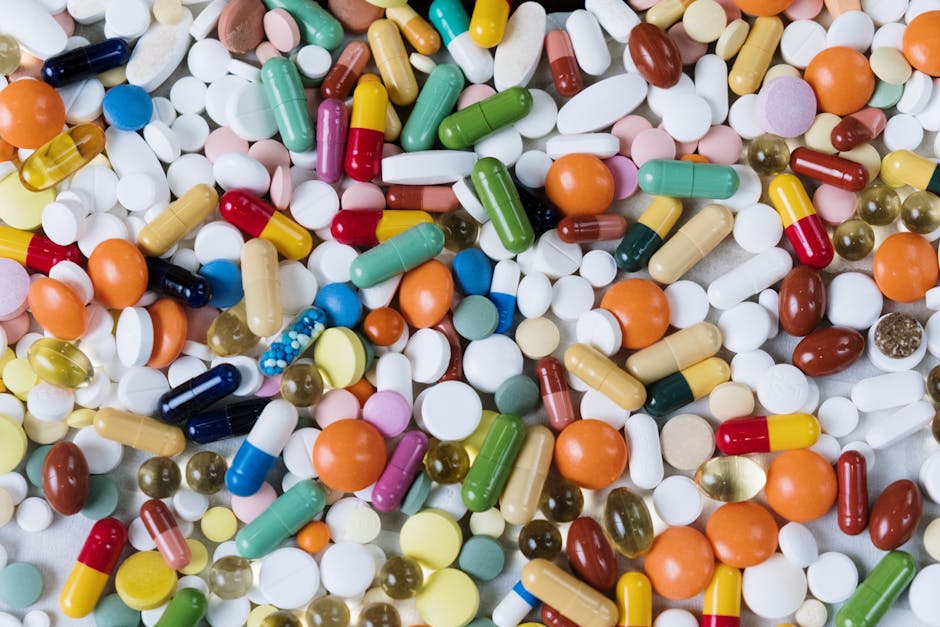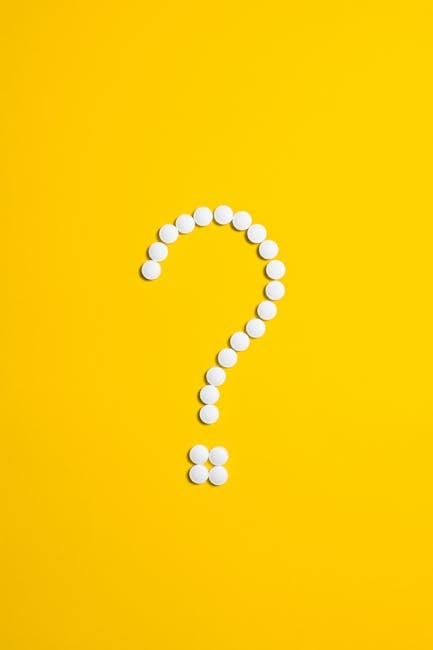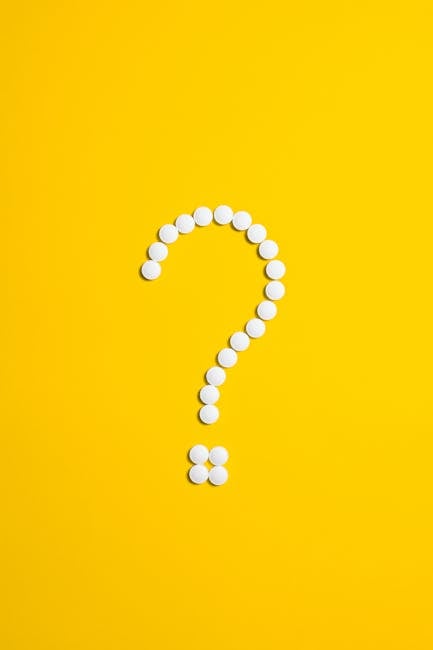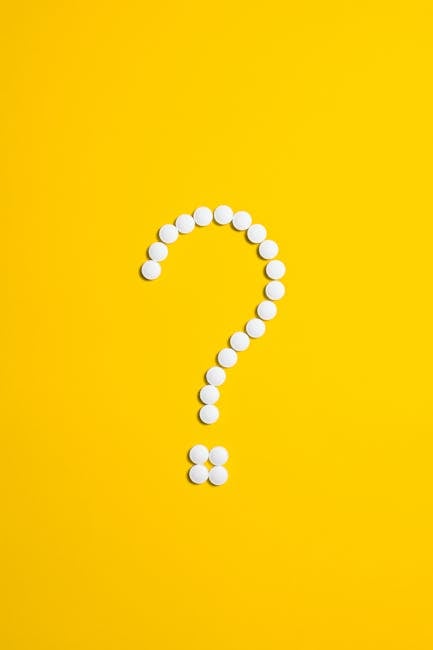MDMA and Drug Tests: Everything You Need to Know About Detection Windows, False Positives, and More
What is MDMA, and How is it Detected in Drug Tests?
3,4-Methylenedioxymethamphetamine, commonly known as MDMA or ecstasy, is a synthetic psychoactive drug that alters mood and perception. Its effects include feelings of euphoria, increased energy, empathy, and altered sensory perception. However, MDMA use comes with significant risks, including potential for addiction, cardiovascular issues, and overheating. Understanding how MDMA is detected in drug tests is crucial for individuals facing employment screenings, legal proceedings, or personal health concerns.
How Drug Tests Detect MDMA
Most drug tests used to detect MDMA utilize immunoassay techniques, primarily Enzyme-Linked Immunosorbent Assay (ELISA) or similar methods. These tests work by detecting the presence of MDMA or its metabolites (breakdown products) in urine, blood, hair, or saliva. The tests are designed to screen for the presence of the drug, not to quantify the amount used. A positive result typically triggers further confirmation testing.
Urine Drug Tests
Urine tests are the most common method for detecting MDMA due to their ease of collection and cost-effectiveness. The detection window for MDMA in urine is relatively short, typically ranging from 2 to 4 days after the last use. This timeframe, however, can vary depending on several factors, including the amount of MDMA ingested, the individual’s metabolism, hydration levels, and kidney function.
Blood Drug Tests
Blood tests offer a shorter detection window, generally detecting MDMA for 1 to 3 days. However, blood tests are more invasive and expensive than urine tests. Blood tests can provide more precise information about recent MDMA use, but they’re less commonly used for routine screenings.
Hair Follicle Drug Tests
Hair follicle drug tests provide the longest detection window, capable of detecting MDMA use for up to 90 days. Hair tests analyze the hair shaft, which incorporates drug metabolites over time. This method is useful in detecting long-term or chronic drug use, but it is more expensive and less commonly used than urine or blood tests. It’s also worth noting that external contamination can influence results.
Saliva Drug Tests
Saliva drug tests are a newer method becoming increasingly popular. They offer a relatively short detection window, usually around 1 to 3 days, similar to blood tests. Their non-invasive nature and quick results make them suitable for rapid screenings in certain contexts. However, the sensitivity and specificity of saliva tests for MDMA can vary depending on the specific testing method.
Factors Affecting MDMA Detection
Several factors can influence the detection time of MDMA in drug tests:
- Dosage: Higher doses of MDMA will generally result in a longer detection window.
- Metabolism: Individual metabolic rates influence how quickly the body processes and eliminates MDMA.
- Hydration: Adequate hydration can help to speed up the elimination of MDMA from the body.
- Kidney function: Impaired kidney function can prolong the detection time.
- Drug interactions: Interaction with other substances can affect the metabolism and detection window.
- Type of test: The sensitivity and detection window vary between urine, blood, hair, and saliva tests.
False Positives and Negative Results
It’s crucial to understand the potential for false positives and false negatives in MDMA drug tests. False positives can occur if the test reacts to other substances that have similar chemical structures to MDMA or its metabolites. Some medications and over-the-counter drugs can lead to false positive results. Confirmation testing is essential to differentiate between a true positive and a false positive.
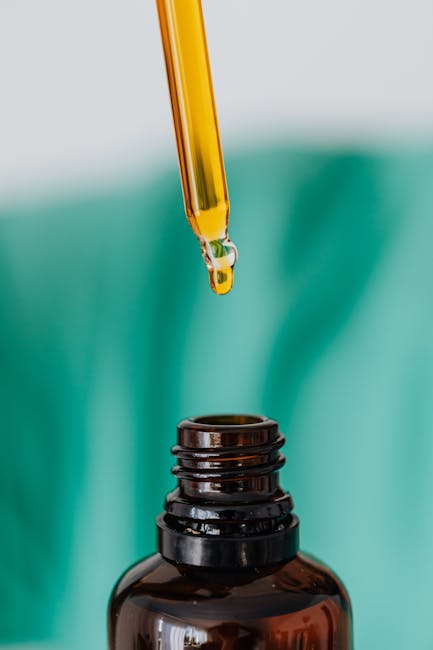
False negatives can also occur, particularly if the test is not sensitive enough to detect low levels of MDMA or its metabolites. This can happen if the drug was used a significant time before the test, or if the individual’s metabolism is unusually fast.
Legal Implications of MDMA Drug Tests
The legal implications of positive MDMA drug tests can vary widely depending on the context. In employment settings, positive results can lead to disciplinary action, including termination. In legal cases, positive results may be used as evidence. It’s critical to consult with legal counsel if facing legal consequences due to a positive MDMA drug test.
Preparing for a Drug Test
If you are expecting a drug test and have concerns about MDMA detection, it’s crucial to understand that attempting to manipulate the results is unethical and potentially illegal. It is always best to be honest and transparent. However, some strategies can help to minimize the likelihood of a positive test:
- Abstinence: The most reliable way to avoid a positive result is to abstain from MDMA use for a sufficient period.
- Hydration: Drinking plenty of water can help to flush MDMA metabolites from the system, but it is not a guarantee of a negative result.
- Healthy lifestyle: Maintaining a healthy lifestyle with regular exercise and proper nutrition can improve overall metabolism.
Seeking Professional Help
If you’re struggling with MDMA use, seeking professional help is crucial. Substance abuse treatment centers and addiction specialists can provide support and resources to help you overcome your addiction. Remember, there is help available, and recovery is possible.
Conclusion
Understanding how MDMA is detected in drug tests is important for individuals facing various situations. The detection window varies based on several factors, and false positives and negatives are possible. Always consult with a medical professional or legal counsel if you have any concerns about drug testing or MDMA use.

Disclaimer:
This information is provided for educational purposes only and should not be considered medical or legal advice. Always consult with qualified professionals for any health or legal concerns.
